Here's what every plastic recycling symbol actually means
We all want to be more sustainable and eco-friendly, but today, there’s so much pressure to be a purist that it can be intimidating—not to mention costly or geographically unattainable. That’s why, throughout April, Going Green Without Going Mad will unpack how to be more eco-conscious without sacrificing your sanity or 401k. We’re diving into the truths about sustainable fashion, talking about the business of going green, and highlighting the brands and people making changes toward a better and safer planet.
Have you ever looked at an empty plastic container, assumed that it was recyclable, and thrown it in the trash like you’re a basketball star? Well, you might want to rethink that play. According to National Geographic, there are two factors that determine what can be recycled: the market and city government. Without a market demand, most recyclables don’t go into curbside recycling programs. Unfortunately, this means plastics that you think are good to go are actually being put into landfills, which, according to the EPA, received 26.8 million tons of plastic in 2017 alone.
Of course, this doesn’t mean you should give up on recycling entirely. While not all plastics can be recycled, you can still recycle most—and the best way to determine which ones is by understanding the plastic recycling symbol system.
“Plastics have different densities, chemical compositions, applications, flexibilities, so [if you] want to break down and recycle these materials, you need to identify which type of material it is to be able to break it down properly,” says Lauren Singer, owner of Trash Is For Tossers and Package Free. “Otherwise, it would taint the system.”
Before you next recycle, read about the seven different kinds of plastics and how to recycle them based on their symbols, below.
How to read plastic recycling symbols
1Plastic Recycling Symbol 1: PET or PETE
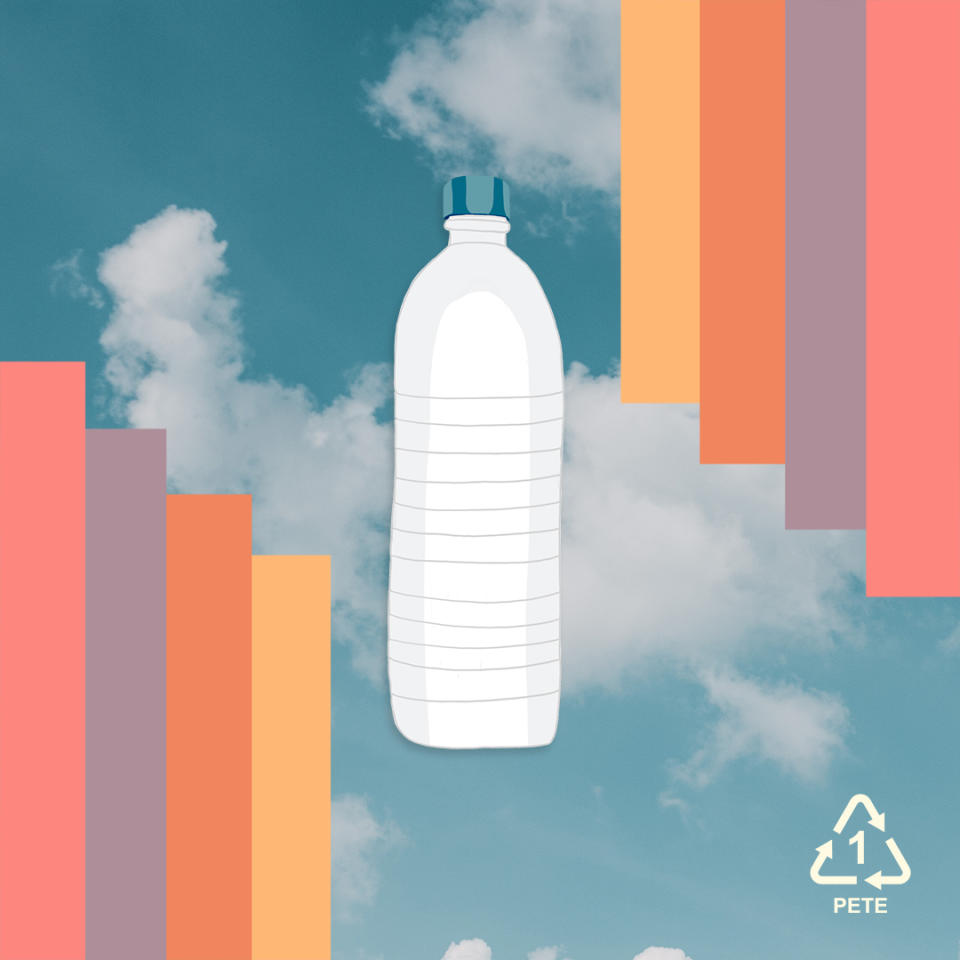
PET or PETE (polyethylene terephthalate) is one of the most recognizable and recyclable plastics. Think: soda bottles, ketchup containers, cosmetics, and peanut butter containers. However, according to the EPA, the recycling rate is only roughly 30% each year.
How to Recycle: The good news that is PET or PETE plastic can be picked up through most curbside recycling programs—you just have to make sure to remove any food or liquid from the bottles or containers for them to be properly recycled, according to the Green Business Bureau. When PET or PETE is recycled, the plastic is reused to make carpet, furniture, other plastic containers, athletic shoes, and polar fleece.
2Plastic Recycling Symbol 2: HDPE
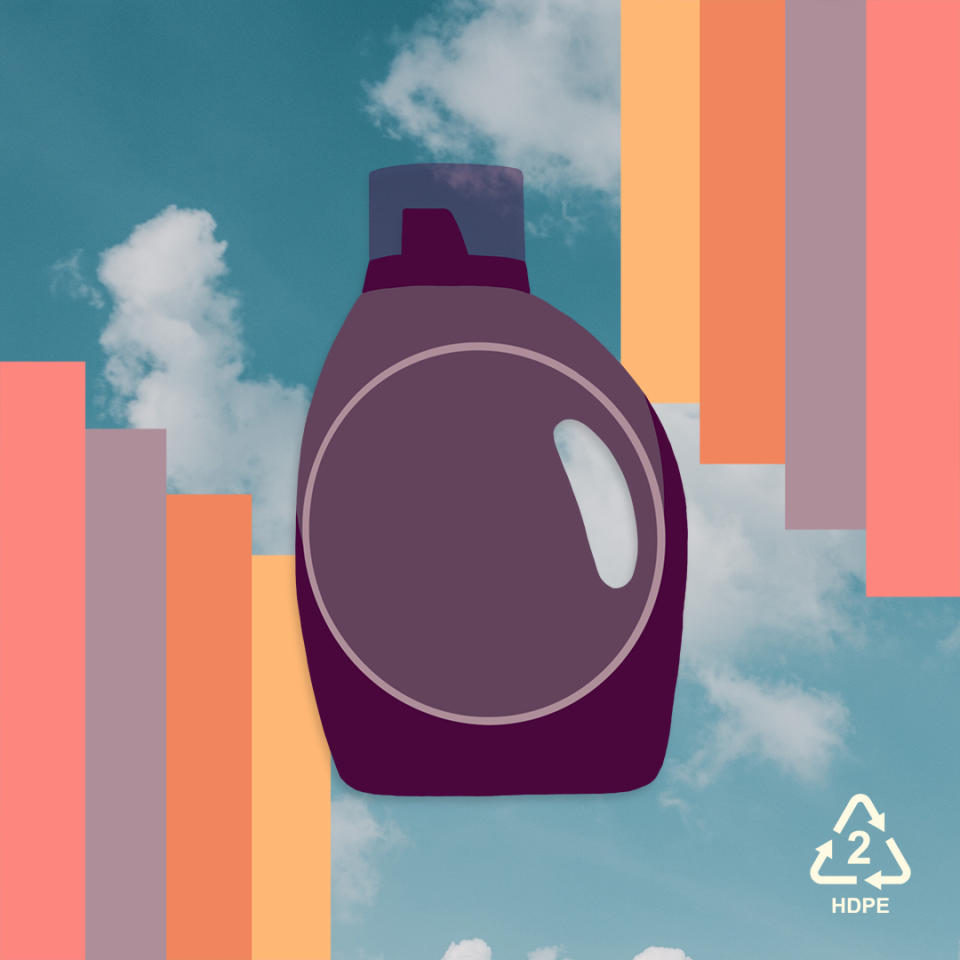
While HDPE (high density polyethylene) is a tougher form of plastic, it is the second most common material used for packaging. You can usually find the number “2” symbol on the bottom of detergent containers, milk jugs, shampoos, or household cleaner bottles, according to AZO Clean Tech.
How to Recycle: HPDE is another common plastic that can be picked up by your curbside program. Once recycled, it can be reused for piping, recycling bins, pens, and fences.
3Plastic Recycling Symbol 3: PVC or V

PVC (polyvinyl chloride) or V (vinyl) is a cheap and durable material commonly found in medical equipment, piping, food wrap packaging, and window-cleaning bottles. According to the World Health Organization’s International Agency for Research on Cancer, vinyl chloride, the chemical used to make PVC, is considered to be a carcinogen.
How to Recycle: PVC or V is rarely recycled because of its high chlorine content. While you can connect with your local drop-off recycling center to see if they’re accepting PVC, you may want to consider alternative ways to use this product once it’s done because throwing it away means it will just end up in the landfill and stay there a long time. However, if this plastic is recycled, the material will be reused for paneling, window frames, garden hoes, and cables, according to The Association of Plastic Recyclers.
4Plastic Recycling Symbol 4: LDPE
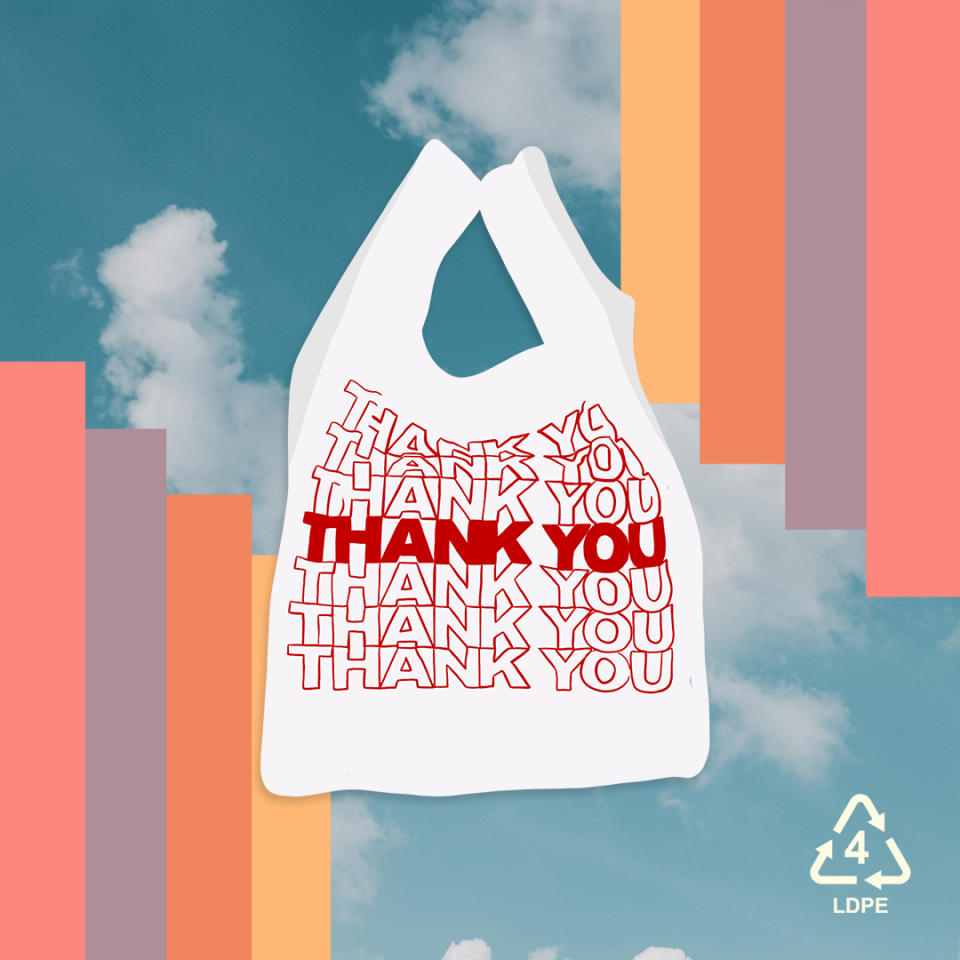
LDPE (low density polyethylene) is a very popular form of plastic that is widely used for plastic bags, clothing, frozen food packaging, and squeezable bottles.
How to Recycle: More and more recycling centers are beginning to accept LDPE as part of their drop-off programs, according to Eco Life. Just make sure to check with them before you include these items in your recycling. When recycled, the material can be used for compost bins, bubble wrap, paneling, flooring, and shipping envelopes.
5Plastic Recycling Symbol 5: PP
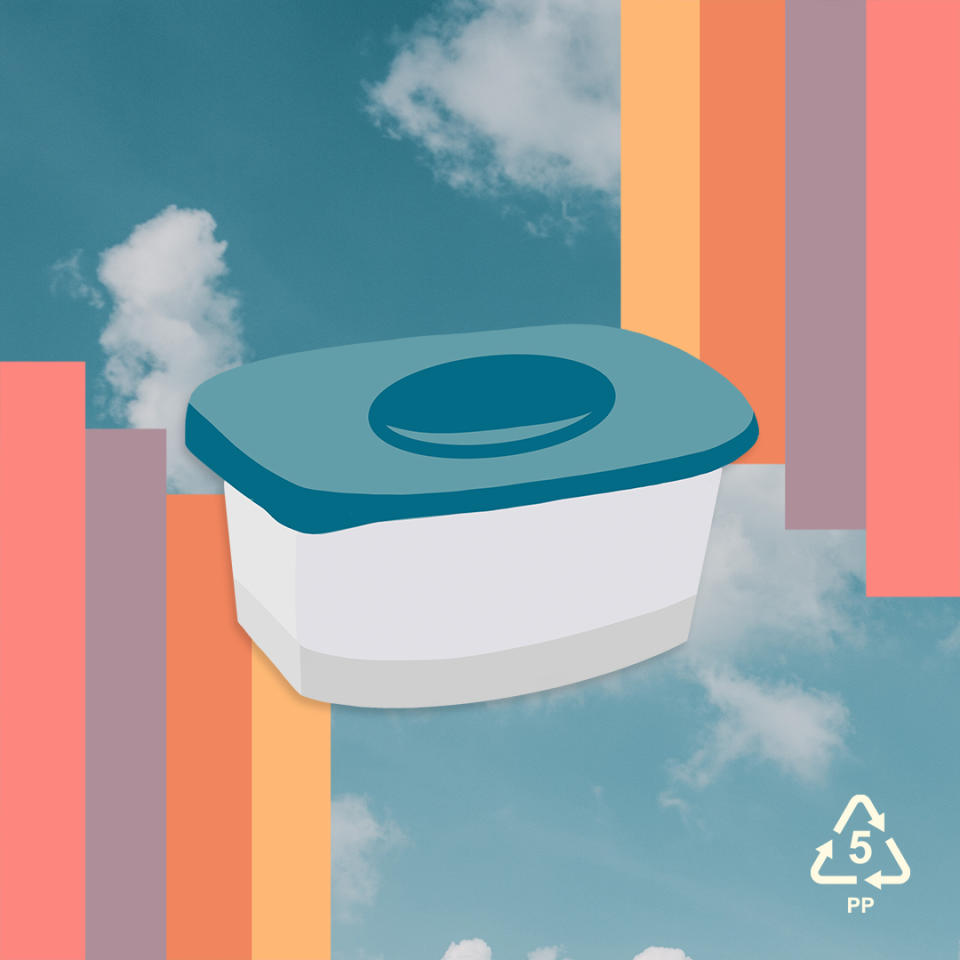
PP (polypropylene) is considered a safe plastic with a high melting point, which, according to Small Business, is the single most popular plastic packaging material in the United States. But it’s also one of the least recycled plastics, with just 1% going to recycling centers. Most of PP can be found in syrup containers, yogurt containers, Tupperware, and straws.
How to Recycle: If you want to recycle PP, you can do so through your local curbside program once the item has been rinsed and dried. After being recycled, the plastic can be reused for brooms, bins, rakes, and trays, according to Small Business.
6Plastic Recycling Symbol 6: PS

PS (polystyrene) is the kind of plastic that you can throw away after one use. Think: plastic silverware, disposable plates, packing materials, and egg cartons. This material is also commonly known as Styrofoam, which has a bad rep for leaching.
How to Recycle: Unfortunately, most recycling programs do not accept PS, as it is very difficult to recycle. Because of this, about 1369 tons of Styrofoam ends up in a landfill every day, according to Green Citizen. Try not to use this type of plastic, but if your recycling program does accept it, know that the material can be made into vents, insulation, and carry-out containers.
7Plastic Recycling Symbol 7: Other
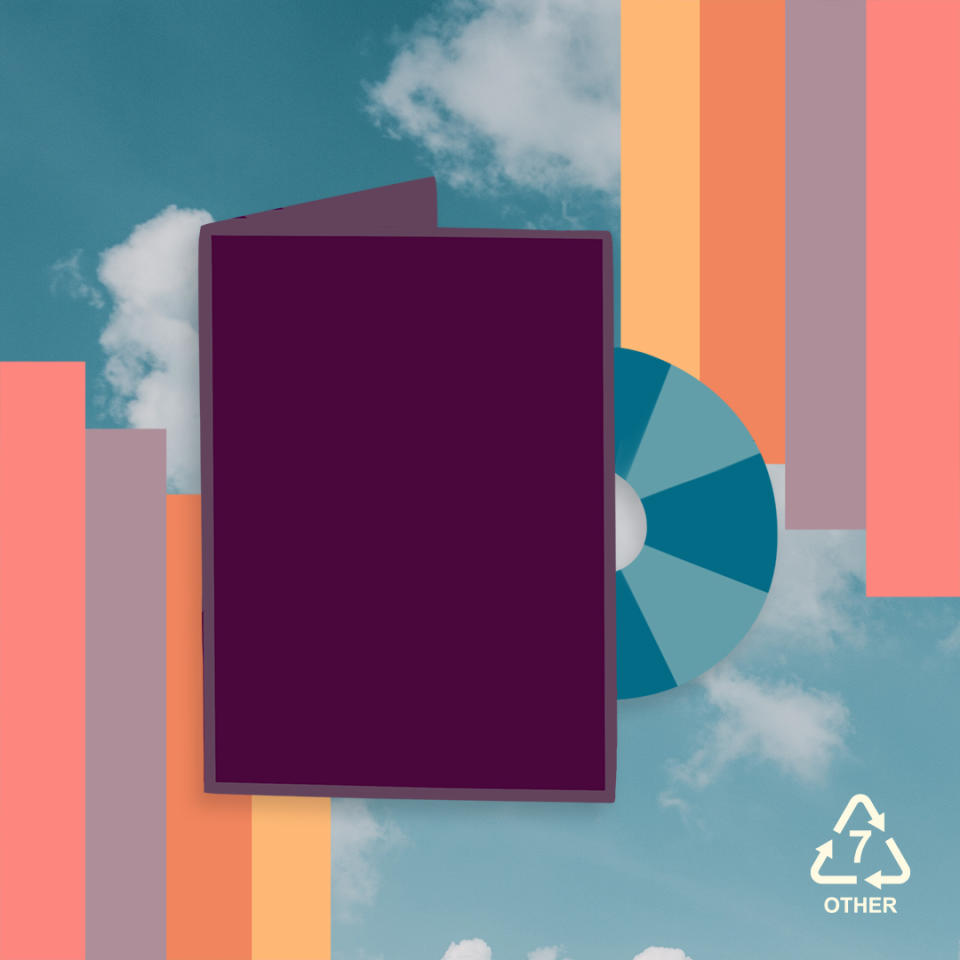
“Other” is a miscellaneous category for the kinds of resins that may not fit into the above six categories. They usually contain Bisphenol A (BPA), and consist of items like sunglasses, DVDs, nylon, and baby bottles, according to RoadRunner, a company that helps create smarter recycling.
How to Recycle: Once again, this type of plastic cannot be recycled curbside, as polycarbonate and Lexan can be harmful to one’s health if not properly disposed of. But if you reach out to your drop-off centers or local government’s website, you may find out that they do accept this material. If that’s the case, it will be recycled into plastic lumber and special products, according to Small Business.

